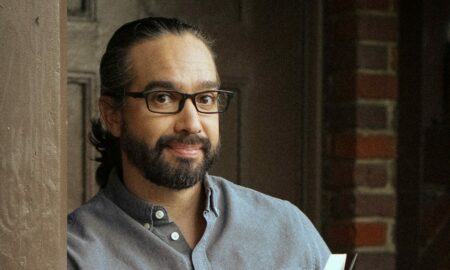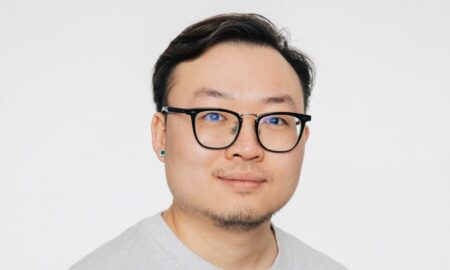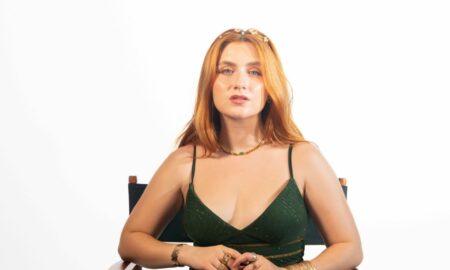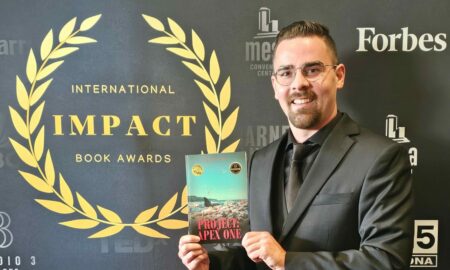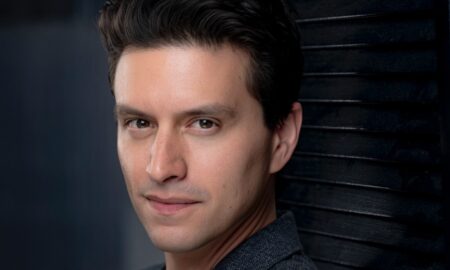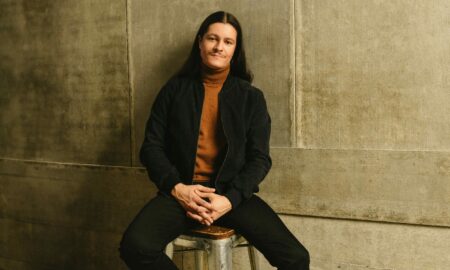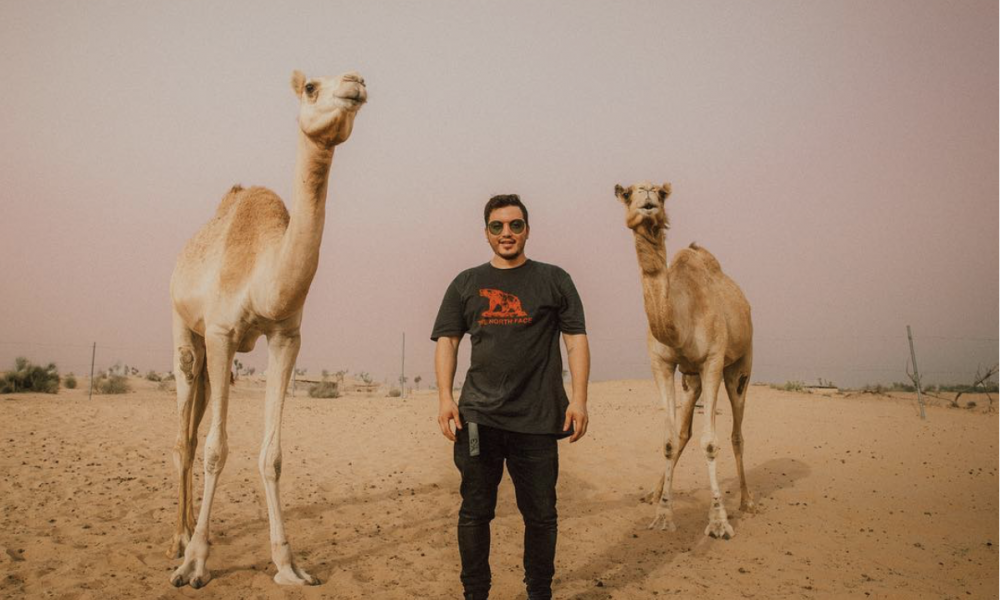

Today we’d like to introduce you to Caesar Sebastian.
Caesar, let’s start with your story. We’d love to hear how you got started and how the journey has been so far.
I had an interest in illustration and animation (still do). I began to dabble in street art when I read on artists such as Futura 2000, Barry McGee, Boris Tellegen aka Delta, and L.A. locals like Retna while attending Fairfax High School. I use to read graffiti magazines and look at all the photographs of dilapidated street art on subways and grungy alleys all over the world. I enjoyed looking at the pictures and thought about documenting something similar. During this time, I began to frequent underground raves in and around L.A. I’ll never forget attending Narnia in 1998 and freezing close to hypothermia because I didn’t bring proper gear (rookie mistake). My camera was always with me, and I wanted to show my friends – through imagery – what this growing scene/sub-culture was all about. There was a stigma around the rave scene in the late ’90s; many considered ravers/groovers outcasts, which I found fascinating. Soon after this, I began to discover the works of William Eggleston, Nan Goldin, Jeff Wall, Weegee, Daido Moriyama, and Martin Parr, to name a few. – all of whom inspired me to take photography seriously.
The 2000s was an era when many were transitioning from film to digital. Being in high school, I couldn’t afford the newest five-megapixel camera (thank the gods for 35mm film). However, as low-light digital photography progressed, I quickly became an addict with the medium since I could shoot a lot. As the story goes, I would put a 10-22mm lens in my oversized sock, a flash in my side pocket, and give my friends my other pieces of camera equipment to sneak into the concerts and festivals we attended. It was all coordinated. After the shows, I sent images out to D.J.’s who played that night and the pictures of people I met – that’s how it all began. Quickly I found myself collaborating with different artists, venues, and promoters. Myspace, Flickr, and Tumblr were at their prime.
We’re always bombarded by how great it is to pursue your passion, etc – but we’ve spoken with enough people to know that it’s not always easy. Overall, would you say things have been easy for you?
At the start, there weren’t as many photographers in the electronic dance scene. There were a few that would show their images in magazines such as URB, Vibe, Industry Insider, Lotus, BPM, and Frontpage. No one wanted to pay for a photographer to come to shoot a rave – who would do that? There were nightclubs, and a few photographers were out there photographing them, but the rave/festival photography market was scarce. My goal was to go to Europe and photograph Thunderdome. I wanted to take photos at large-scale events, where all the weird, lovely people with green and blue hair went dancing to this mind-altering electronic music. So, in the beginning, I was trying to get my art/photography/work out there, not for validation, but I thought I had a story to convey, plus, the rave scene was different back then. Have you ever watched the film Hackers? At times, I didn’t know where I was going with this whole photography thing, Instagram was not even a word, but Flickr was, and some artists did post my work on their Myspace page, or websites, so slowly but surely a few gigs began to emerge.
We’d love to hear more about your work and what you are currently focused on. What else should we know?
For a few years now, I’ve been photographing different music artists all over the world. Early on, when electronic dance music was taking off, I was lucky enough to embark on worldwide tours with two incredible artists and friends, Skrillex and Steve Aoki. I also shot for Justice and the Ed Banger family earlier on. Ever since this journey, I’ve worked with many brands, tech companies, music festivals, and other artists, photographing experiences and concepts. I’ve always been interested in storytelling. When I am out in the field or a studio, I think about narratives that interest me. Our life is a story. I enjoy films and the process of cinema verite, so I use visualization and reportage as an element in my photography. From the moment we all wake up, most of us are looking forward to something, as the days go by, unforeseeable scenarios evolve. I find this aspect of life fascinating because, as a photographer, we can go along for a ride and document most of the process. Documenting music on the road is a perfect example of the unknown because it’s full of anticipation.
Has luck played a meaningful role in your life and business?
I was the kid that got in trouble for drawing in a class all the time. It was made clear that I was wasting my time – and maybe I was. When I began to take photos, I heard the same; however, I always stuck to it. Luck comes in different forms. The more time we spend focusing on our craft, and positive visualization outcomes, the more of a chance things will fall into place. Stepping back and looking at not only what you are creating but what other people are making is very important. I admire so many artists, entrepreneurs, filmmakers, and social activists. I pay attention to societal complexities. We are all human – that’s the truth. Luck will appear when you least expect it. However, it does not magically appear. You have to sacrifice a few things along the way. You’ll know when that happens.
Contact Info:
- Email: [email protected]
- Instagram: https://www.instagram.com/caesarsebastian/








 Image Credit:
Image Credit:
@caesarsebastian
Suggest a story: VoyageLA is built on recommendations from the community; it’s how we uncover hidden gems, so if you or someone you know deserves recognition please let us know here.














